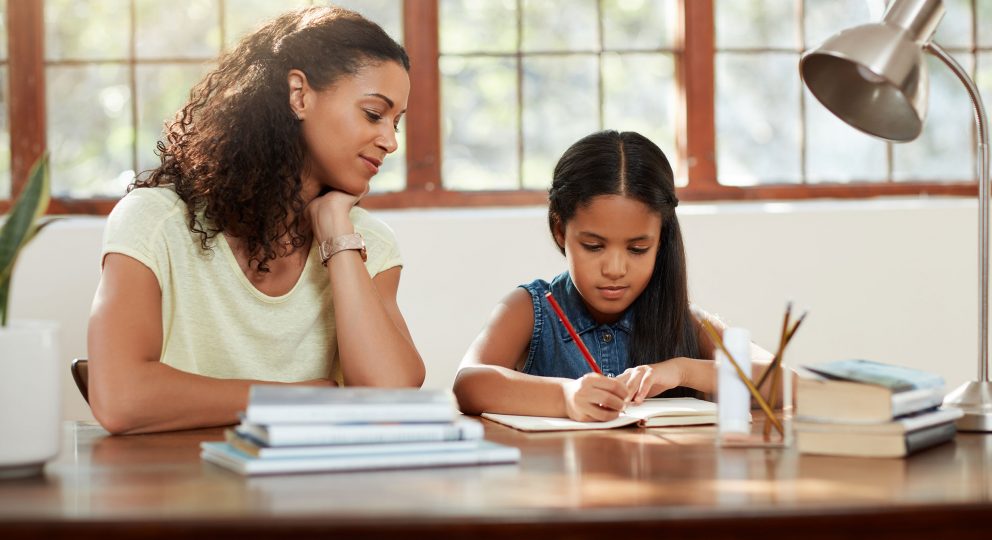I recently saw a video of a couple gracefully dancing on the streets of Israel, moving in and out of crowds, encapsulated by one another and their dance.
This couple moved with immense strength, agility, and elegance. Every step, spin, and lift was a piece of fine art. Their flawless performance left me mesmerized, inspired, and eager to return to the dance classes my husband and I had begun taking at Flow Studios in Seattle.
During our second lesson, my inspiration quickly turned into frustration as my partner and I began tripping over each other’s feet, colliding with one another, and growing steadily disheartened.
Our dance was anything but graceful.
Mistakes are normal
As we moved clumsily across the dance floor, I recalled the Israeli couple and their “flawless” dance. I had to remind myself that while this couple’s dance appeared perfect, they definitely made off-camera mistakes and had probably already practiced this dance hundreds of times.
No couple is perfect, whether on the dance floor or in everyday life.
From a distance, there are plenty of individuals or couples who appear to live their lives perfectly together. But in reality, we all slip and stumble from time to time.
While mistakes are inevitable in our relationships, it is how we respond to them that makes all of the difference between relationships that are resilient and flourish through imperfections, and those that crumble apart.
Pause: Acknowledge when you stumble
If, or rather when, you stumble with your partner (on or off the dance floor), it is necessary to first acknowledge the mistake.
When we take the time to acknowledge that we have messed up, we should mindfully search ourselves for the potential roots of our blunder. In taking the time to “check ourselves,” we build greater self awareness and cultivate the ability to choose wisely in the future.
On the dance floor, this can happen in the flash of an eye.
When we began our lesson, I repeatedly found myself tripping over my partner’s shoes but continued to stubbornly push through, determined to move beyond and perfect our dance.
It finally dawned on me that this issue wasn’t going to fix itself until we paused to take the time to explore the roots of the problem.
Our dance teacher, Michael, explained the importance of looking up at your partner and staying focused on the rhythm of the music. “No matter what you do, stay in beat with the song,” he described.
I had been so intensely preoccupied looking down, trying not to trip over my husband’s feet, that I had completely forgotten to listen to and feel the rhythm of the music. Taking a moment to pause and reflect on the roots of our stumbling was crucial to resetting our dance. In this situation, I inevitably needed a little external guidance to build this awareness.
While acknowledging our issues or mistakes is pertinent, it is equally as essential that we don’t “get stuck” looking down, or internalizing that we are defined by our imperfections.
Brené Brown explains the difference between shame and guilt as related to our mistakes. While guilt says “I did something bad” and is a normal, healthy reaction when we operate outside of our value system, shame says “I am bad.”
“Shame corrodes the very part of us that believes we are capable of change,” she describes.
When I was stuck in a pattern looking down at my feet stumbling on my partner’s, it was hard not to internalize that I am simply a “bad dancer,” and that there’s not much hope that I will ever improve. As I was able to shift my lens and look up at my partner, I was able to glean more hope that together, we could improve and strengthen our dance and relationship.
Process: Make repair attempt
After recognizing that one has made a mistake, it is important to make a repair with your partner.
The Gottmans explain that while it is normal to make mistakes and have conflict with your partner, healthy relationships are those that make repair attempts. Repairs, defined by the Gottmans, are “any statement(s) or action(s) — silly or otherwise — that prevents negativity from escalating out of control.”
As my partner and I danced in our second lesson and I continued to clumsily stumble over his feet, I felt my blood pressure starting to rise with waves of frustration emerging above the surface. My partner inevitably felt these forces in our dance, which suddenly had taken on a rather negative tone.
While it wasn’t necessary for me to apologize every time I stepped on my husband’s feet, it was crucial to make a repair before I got “flooded,” as the Gottmans call it, and said or did something regrettable.
So how do you make repair attempts? They can vary drastically from couple to couple, and from situation to situation.
In this situation, I not only apologized verbally to my partner for my impatient and frustrated attitude, but also threw in some big, theatrical dance moves, twirling my partner around and dipping him, in an effort to lighten the mood and let him know that we are on the same team.
Through this repair attempt, we were able to break our negative pattern that was spiraling downwards and reset our tone with greater gentleness, playfulness, and care.
Over time, we have become increasingly quick and effective in making and responding to repair attempts. It is a skill that, if practiced, will help strengthen your ability to recover and thrive as a couple.
Proceed: Continue the dance
After acknowledging your mistakes and making repairs, keep dancing!
It may not be necessary to stop and have an extended conversation after every single slip and mistake. Every situation will vary greatly. Sometimes, a repair is a quick facial exchange acknowledging a mistake. Sometimes it means throwing in a silly dance move, or sitting down to have a five-minute conversation. Other times, it may involve seeking out external help through a therapist or other trusted individual to help you process as a couple.
Regardless of how long it takes you to work through the first two steps, at some point, it is crucial to move on, look ahead and continue your dance as a couple.
“Keep dancing! Don’t stop! Keep going!” our dance instructor shouted to us as he caught sight of me breaking our dance, discouraged by more tripping, even after we had processed the cause and remedy of our stumbling patterns.
As we moved forward and continued the dance, we kept a few principles in mind.
First, we focused on staying in rhythm with the music. When we stay in rhythm or true to the beat of the music, or our values, we are going to function more harmoniously as a couple.
What are your values as a couple, and as an individual? As we build awareness of and maintain focus on our values, we are more likely to operate within their realm.
Second, rather than looking down and stumbling on our feet, we focused on keeping our heads up and our eyes on each other as the central focus of our vision. As we did this, we actually found that we not only stumbled less, but also experienced a deeper connection and synchrony, which began to polish our dance.
Expand your story
We can choose to focus on our mistakes and internalize that there is little hope for change within ourselves or our relationship. Or we can acknowledge our mistakes, explore their roots, make repairs, and move on to continue the dance.
The choice is ours. We do not have to be defined by our errors. Instead, we can choose to learn and grow from them as we strengthen our personal and relational resilience and weave a preferred story of who we are, and who we want to become.
We can choose to recognize that we are imperfect human beings, but that together we are committed to move past our imperfections, to create a dance that reflects our story as a couple—one that is marked by unconditional love, joy, strength, and creativity.
This is part two of a four-part series on relationships and dance. Here are parts one and three. Part four is forthcoming.
If want to build a deeply meaningful relationship full of trust and intimacy, then subscribe below to receive our blog posts directly to your inbox:








